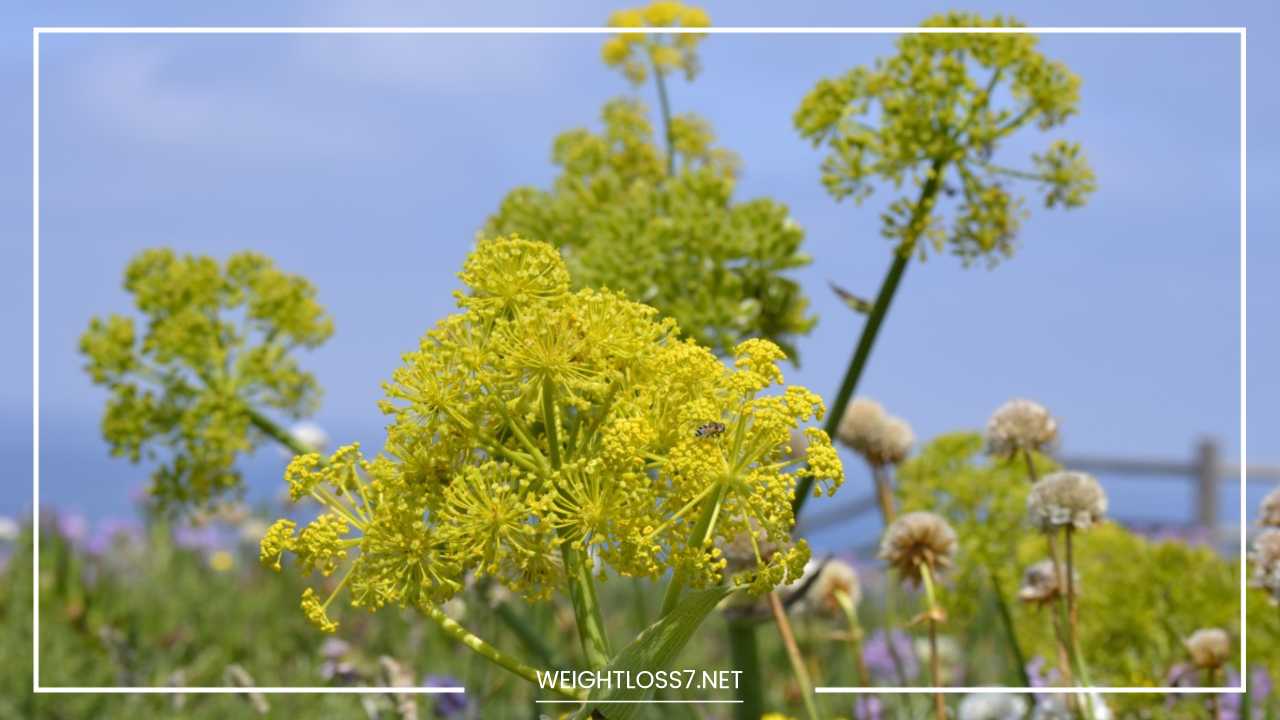Asafoetida Uses and Health Benefits

Asafoetida
Asafoetida: Unlocking the Mysteries of the “Food of the Gods”
Asafoetida, a herb often hailed as the “Food of the Gods,” reveals itself as a botanical wonder with a storied history and a plethora of applications.
Its journey through time, from being favored by Alexander the Great for flavoring to becoming a staple in Indian vegetarian cuisine and an essential component in Worcestershire sauce, showcases its enduring significance in culinary practices.
Beyond its culinary prowess, Asafoetida stands as a versatile herbal remedy, addressing various health concerns such as digestive issues, headaches, and respiratory discomfort. In this exploration, we delve into the historical roots, diverse medicinal applications, the notorious odor, culinary forms, the age factor in Asafoetida trees, unique uses, and folklore surrounding this intriguing herb.
Historical Significance: From Alexander the Great to Modern Culinary Practices
The history of Asafoetida is intertwined with the culinary practices of ancient civilizations. As far back as 4 B.C., Alexander the Great recognized the herb’s potential as a flavoring agent, setting the stage for its culinary prominence.
In those early times, Asafoetida also found utility as a remedy for gas and the associated bloating, establishing its reputation not just as a culinary enhancer but as a medicinal herb.
Over the centuries, Asafoetida evolved into a key ingredient in vegetarian dishes in India, contributing its distinctive flavor to the rich tapestry of Indian cuisine.
Today, it remains a vital component in Worcestershire sauce, a testament to its enduring appeal in modern culinary practices.
Diverse Medicinal Applications: A Holistic Herbal Remedy
Asafoetida’s versatility extends far beyond the realm of culinary arts. It functions as a holistic herbal remedy, addressing a spectrum of health concerns.
As an aid for digestion, Asafoetida proves effective in alleviating gas, bloating, indigestion, stomach cramps, and constipation. Its digestive benefits make it a valuable addition to vegetarian dishes, contributing not only to flavor but also to digestive wellness.
In the realm of headaches, Asafoetida showcases promising potential. When mixed with water, it becomes a potent remedy for migraines and tension headaches.
The herb’s versatility extends to being an antidote, demonstrating efficacy against snake bites and serving as an insect repellent when combined with garlic.
Its diverse applications position Asafoetida as a holistic herbal ally, focusing primarily on bodily functions where it can yield significant benefits.
Asafoetida as an Expectorant: Respiratory Wellness
Another dimension of Asafoetida’s medicinal prowess lies in its role as an expectorant. The oil derived from Asafoetida plays a crucial role in clearing excess mucus and easing the respiratory system.
Its applications extend to conditions such as whooping cough, asthma, and bronchitis. As an expectorant, Asafoetida aids in expelling accumulated cough, offering relief to individuals grappling with respiratory discomfort.
Various formulations, including mixtures with roasted fresh resinous gum powder, ghee, honey, white onion juice, betel nut juice, and dry ginger, showcase the herb’s versatility in addressing respiratory concerns.
The Notorious Odor: Unveiling the Mystery of the “Devil’s Dung”
Asafoetida’s distinctive and notorious odor has earned it the epithet “Devil’s Dung.” This foul smell emanates from the resin extracted from the plant’s stem and root. While the aroma may deter some, it is essential to acknowledge that this very characteristic contributes to Asafoetida’s unique identity.
The organic sulfur compound found in the essential oils is responsible for the wicked odor that accompanies this herb.
Despite its olfactory challenges, Asafoetida remains a member of the fennel plant species, with familial ties to the carrot, making it a fascinating botanical specimen.
Culinary Forms of Asafoetida: Tears, Paste, and Culinary Creativity
When purchasing Asafoetida, consumers encounter three primary forms – tears, paste, and powdered. Tears, commonly found in Chinese pharmacies, may contain fragments of root and earth, adding to the authenticity of the product.
Asafoetida paste, on the other hand, is a widely used condiment, bringing its pungent flavor to dishes such as curry, beans, sauces, and pickles.
Additionally, many use it as a substitute for garlic, showcasing its versatility in culinary creativity. These diverse forms make Asafoetida not just a flavoring agent but a transformative addition to various culinary creations.
The Age Factor in Asafoetida Trees: Determining Worth
In the evaluation of Asafoetida, age emerges as a crucial factor in determining its value. The general consensus is that the older the Asafoetida tree, the better, with trees less than four years of age considered virtually worthless.
This age factor underscores the significance of the maturity of the Asafoetida tree in maximizing the quality of its resin.
Asafoetida’s worth is intrinsically linked to the age of the tree, highlighting the importance of sustainable harvesting practices to ensure the herb’s potency and longevity.
Unique Uses and Folklore: Male Fertility and Toothaches
Asafoetida reveals itself as a herb with unique applications beyond the conventional. Some suggest that regular use of Asafoetida in recipes may increase the chances of male fertility, adding an intriguing layer to its culinary significance.
Additionally, Asafoetida has found application in folk remedies for toothaches, showcasing its diverse uses in traditional healing practices.
These unique applications and folklore surrounding Asafoetida contribute to its mystique and cultural significance.
In Conclusion: Embracing the Botanical Marvel
In conclusion, Asafoetida stands as a botanical marvel with a rich history and an array of practical applications. Its journey from ancient culinary practices to modern kitchens underscores its enduring relevance.
The dichotomy of its notorious odor and transformative culinary contributions makes Asafoetida a unique and dynamic herb. Beyond the culinary realm, its diverse medicinal applications and unique uses add to its mystique.
Embracing Asafoetida means embracing a botanical ally that has evolved through time, contributing distinctive flavors and therapeutic benefits to our culinary and medicinal landscapes.
It is a testament to nature’s capacity to offer multifaceted solutions, inviting us to explore and appreciate the depths of this “Food of the Gods.”

















